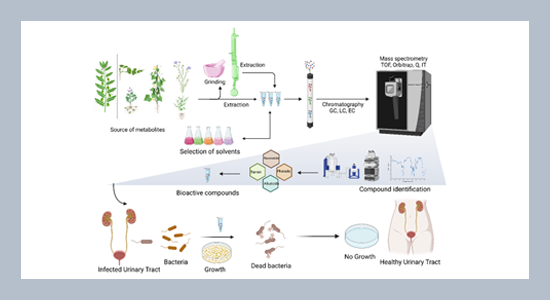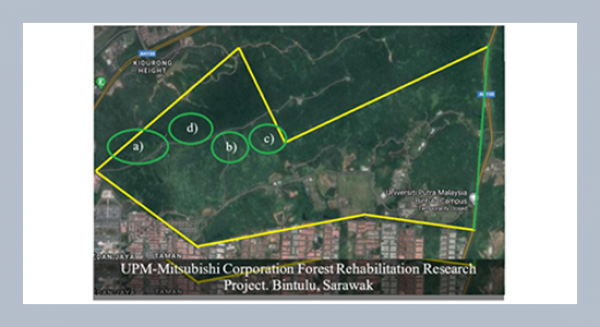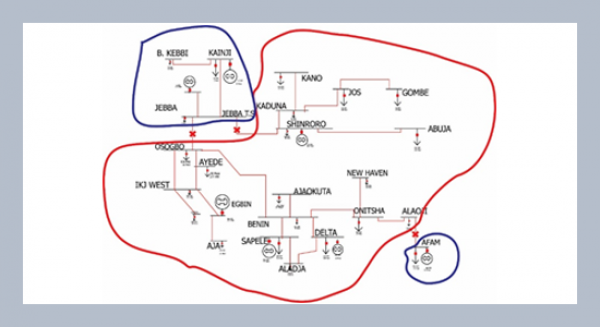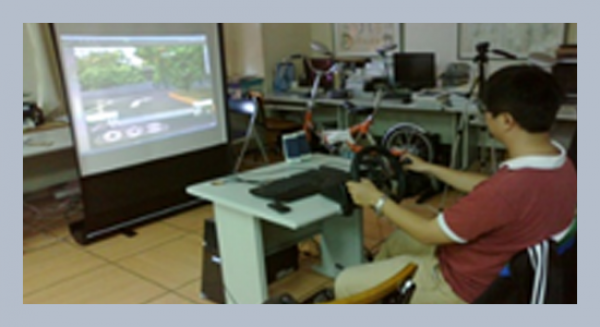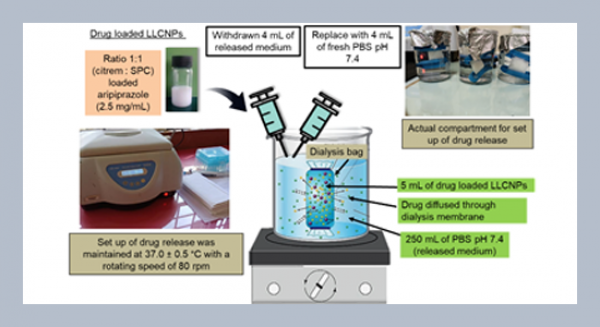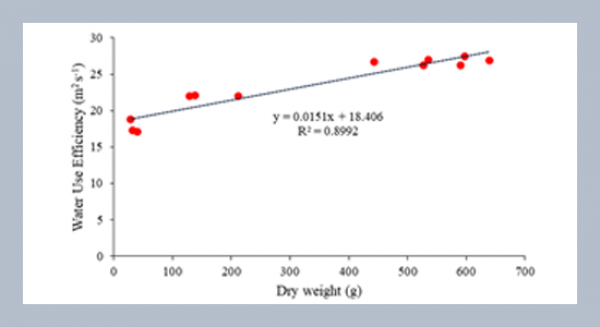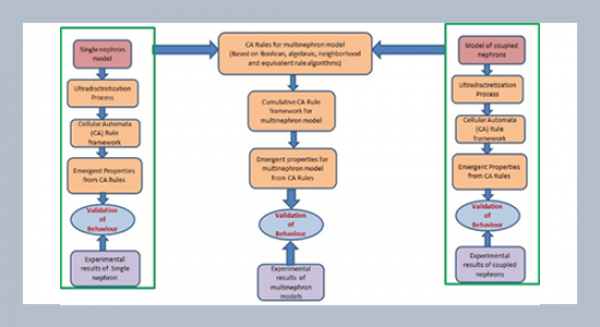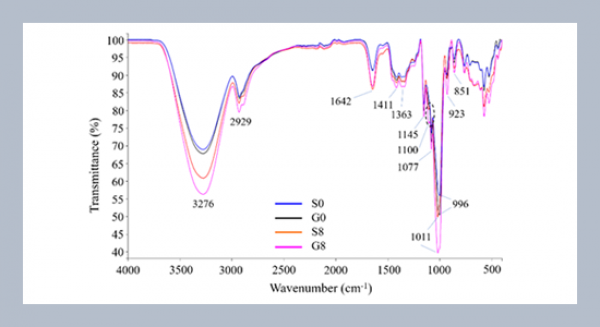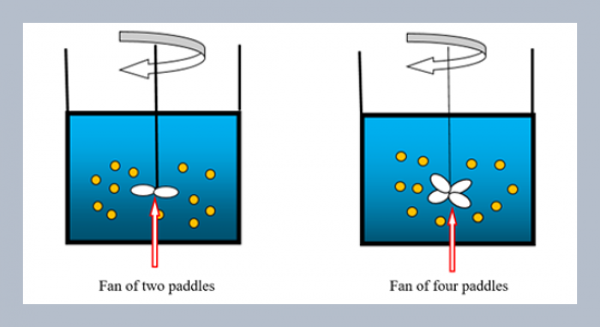REFERENCES
- Abuga, I., Sulaiman, S.F., Wahab, R.A., Ooi, K.L., Rasad, M.S.B.A. 2021. Phytochemical constituents and antibacterial activities of 45 Malay traditional medicinal plants. Journal of Herbal Medicine, 100496.
- Ahmad, M., Dar, N.J. 2017. Withania somnifera: Ethnobotany, pharmacology, and therapeutic functions. Sustained Energy for Enhanced Human Functions and Activity, 137–154.
- Al-Bayati, F.A., Al-Mola, H.F. 2008. Antibacterial and antifungal activities of different parts of Tribulus terrestris L. growing in Iraq. Journal of Zhejiang University: Science B, 9, 154–159.
- Arulmozhi, P., Vijayakumar, S., Kumar, T. 2018. Phytochemical analysis and antimicrobial activity of some medicinal plants against selected pathogenic microorganisms. Microbial Pathogenesis, 123, 219–226.
- Banothu, V., Neelagiri, C., Adepally, U., Lingam, J., Bommareddy, K. 2017. Phytochemical screening and evaluation of in vitro antioxidant and antimicrobial activities of the indigenous medicinal plant Albizia odoratissima. Pharmaceutical Biology, 55, 1155–1161.
- Batoei, S., Mahboubi, M., Yari, R. 2016. Antibacterial activity of Tribulus terrestris methanol extract against clinical isolates of Escherichia coli. Herba Polonica, 62.
- Bauer, A.W., Kirby, W.M., Sherris, J.C., Turck, M. 1966. Antibiotic susceptibility testing by a standardized single disk method. American Journal of Clinical Pathology, 45, 493–496.
- Coker, M.E., Oaikhena, A.O., Ajayi, T.O. 2021. Antimicrobial activity of extracts and fractions of Euphorbia lateriflora (Schum. and Thonn) on microbial isolates of the urinary tract. Saudi Journal of Biological Sciences, 28, 4723–4731.
- Das, S. 2020. Natural therapeutics for urinary tract infections-a review. Future Journal of Pharmaceutical Sciences, 6, 64.
- Egbung, G.E., Anosike, C., Utu-Baku, A.B., Ogar, I., Nna, V.U. 2017. Phytochemical evaluation and GC-MS analysis of Hyptis verticillata cultivated in Calabar Cross River State, Nigeria. International Journal of Biological and Chemical Sciences, 11, 2548–2559.
- Egharevba, H.O., Carew, O., Kunle, O.F. 2015. Phytochemical and pharmacognostic analysis of Ficus thonningii Blume leaves for monograph development. International Journal of Basic and Applied Sciences, 4, 94–100.
- Ghani, A. 2003. Chapter 5: Chemical constituents of medicinal plants. Medicinal plants of Bangladesh with chemical constituents and uses. (2nd Ed.). Dhaka: Asiatic society of Dhaka, Bangladesh.
- Gupta, A., Naraniwal, M., Kothari, V. 2012. Modern extraction methods for preparation of bioactive plant extracts. International Journal of Applied and Natural Sciences, 1, 8–26.
- Hussain, A.I., Rathore, H.A., Sattar, M.Z., Chatha, S.A., Sarker, S.D., Gilani, A.H. 2014. Citrullus colocynthis (L.) Schrad (bitter apple fruit): A review of its phytochemistry, pharmacology, traditional uses and nutritional potential. Journal of Ethnopharmacology, 155, 54–66.
- Jaradat, N. 2020. Phytochemistry, traditional uses and biological effects of the desert plant Styrax officinalis L. Journal of Arid Environments, 182, 104253.
- Kavitha, K.S., Satish, S. 2014. Antibacterial activity of seed extracts of Callistemon lanceolatus DC on uropathogenic bacteria. Journal of Acute Medicine, 4, 6–12.
- Kenneally, C., Murphy, C.P., Sleator, R.D., Culligan, E.P. 2022. The urinary microbiome and biological therapeutics: Novel therapies for urinary tract infections. Microbiological Research, 127010.
- Mujtaba, T., Hassan, S., Hassan, A., Wajdi, M., Hafeez, A., Shereen, Hussain, K., Ahmed, A., Furqan, H., Tabassum, N., Akbar, M.A. 2020. Electron ionization gas chromatography-mass spectrometry (ei-gc-ms) analysis of extracted oil from Tribulus terrestris seeds. Pakistan Journal of Pharmaceutical Sciences, 33, 2633–2641.
- Osungunna, M.O. 2021. Screening of medicinal plants for antimicrobial activity: Pharmacognosy and microbiological perspectives. Journal of Microbiology, Biotechnology and Food Sciences, 2021, 727–735.
- Peck, J., Shepherd, J.P. 2021. Recurrent Urinary Tract Infections: Diagnosis, Treatment, and Prevention. Obstetrics and Gynecology Clinics of North America, 48, 501–513.
- Prakash, D., Saxena, R.S. 2013. Distribution and antimicrobial susceptibility pattern of bacterial pathogens causing urinary tract infection in urban community of meerut city, India. ISRN Microbiology, 2013, 749629.
- Ragavendran, P., Sophia, D., Arul Raj, C., Gopalakrishnan, V.K. 2011. Functional group analysis of various extracts of Aerva lanata (L.,) by FTIR spectrum. Pharmacologyonline, 1, 358–364.
- Satish, S., Mohana, D.C., Ranhavendra, M.P., Raveesha, K.A. 2007. Antifungal activity of some plant extracts against important seed borne pathogens of Aspergillus sp. Journal of Agricultural Technology, 3, 109–119.
- Sharma, A.K., Kumar, A., Yadav, S.K., Rahal, A. 2014. Studies on antimicrobial and immunomodulatory effects of hot aqueous extract of acacia nilotica l. leaves against common veterinary pathogens. Veterinary Medicine International, 2014, 747042.
- Sharma, A., Patel, V.K. 2009. In vitro screening of the antibacterial activity and identification of bioactive compounds from plants against selected Vibrio spp. pathogens. Turkish Journal of Biology, 33, 137–144.
- Sharma, P.V. 1983. Dravyaguna vijnana, Reprint. Varanasi: Chowkhamba Krishnadas Academy, 10–11.
- Singh, N., Mishra, S., Mondal, A., Sharma, D., Jain, N., Aseri, G.K. 2022. Potential of desert medicinal plants for combating resistant biofilms in urinary tract infections. Applied biochemistry and biotechnology, Advance online publication.
- Suroowan, S., Pynee, K.B., Mahomoodally, M.F. 2019. A comprehensive review of ethnopharmacologically important medicinal plant species from Mauritius. South African Journal of Botany, 122, 189–213.
- Usman, H., Abdulrahman, F.I., Ladan, A.H. 2007. Phytochemical and antimicrobial evaluation of Tribulus terrestris L. (Zygophylaceae). Growing in Nigeria. Research Journal of Biological Sciences. Medwell Journals, 2, 244–247.
- Willey, J.M., Sherwood, L., Woolverton, C.J. 2011. Prescott's microbiology, 7. New York: McGraw-Hill.
- World Health Organization. 2018. Global antimicrobial resistance surveillance system (GLASS) report: Early implementation 2017–2018.



